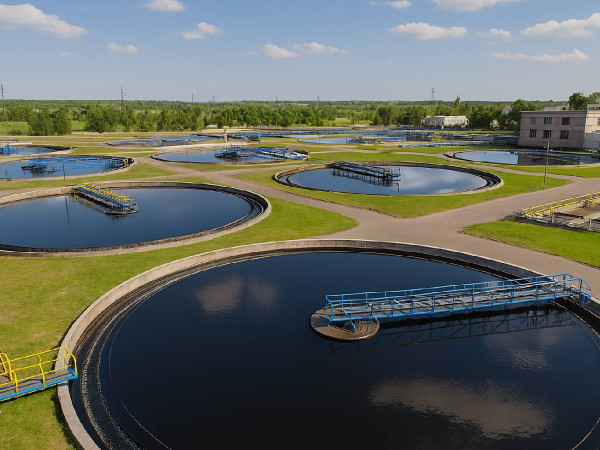News & Blogs
The Role of Community Participation in Effective Water Resource Management in Nepal

In the Heart of Nepal: Water as a Lifeblood
Nestled between the majestic Himalayas and lush valleys, Nepal is a country where water holds profound importance. For generations, rivers and streams have nourished the land, sustaining agriculture and providing daily necessities. However, as populations grow and climate change exacerbates water scarcity, managing this crucial resource has become increasingly challenging.
A pivotal realization in this journey has been the necessity of involving local communities in water resource management. This participatory approach has been transformative, ensuring that water systems are not only built but also sustained for the future.
The Power of Community Involvement
In Nepal, the concept of community participation has reshaped the landscape of water resource management. When local residents take part in planning, design, construction, and maintenance of water systems, they bring invaluable insights and a sense of ownership. This collective effort results in systems that are more aligned with the actual needs of the community, leading to better outcomes.
For instance, communities in the hilly regions have adapted traditional methods, such as stone spouts and irrigation canals, to modern needs. Their involvement ensures that these water management practices are maintained and respected, blending cultural heritage with functional design.
Case Study: Community-Led Water Management
WaterAid Nepal has been at the forefront of implementing community-based water resource management initiatives. One such project in a remote village illustrated the power of community engagement. By involving local populations in every phase— from initial needs assessment to the final implementation—residents gained the skills to maintain and adapt the systems as required.
The result? Improved access to clean water, better sanitation practices, and a community that feels empowered to safeguard its water resources. This success was not just about providing infrastructure; it was about fostering a sustainable relationship between the community and its environment.
Challenges and Lessons Learned
Despite notable successes, the road to effective water management is fraught with challenges. Sustaining community engagement requires continuous education and support. In areas where literacy rates are low, innovative ways to share knowledge and skills are crucial.
Moreover, bridging traditional knowledge with modern techniques can be daunting. While traditional practices are deeply rooted in local contexts and often highly effective, they may not always meet modern demands. Thus, a balanced integration that respects cultural practices while adopting modern innovations is essential for holistic management.
The Role of Civil Tech in Empowering Communities
At Civil Tech Pvt. Ltd., we are committed to embedding community participation at the core of our water management projects. By partnering with local communities, we ensure that each project reflects the unique challenges and opportunities of the area.
Our role extends beyond engineering; we facilitate workshops, provide training, and engage in dialogues to empower communities. This participatory model not only enhances the sustainability of water systems but also strengthens the social fabric, as communities take pride in their role as custodians of these vital resources.
Conclusion
The journey of managing water resources in Nepal highlights an enduring truth: community participation is key to sustainable solutions. As communities across Nepal increasingly take charge of their water management, they demonstrate resilience, adaptability, and a deep commitment to preserving their natural heritage.
By continuing to prioritize community-led initiatives, Nepal can safeguard its water resources for generations to come, ensuring that every drop is used wisely and sustainably. Civil Tech remains dedicated to supporting these efforts, believing in the power of community to drive meaningful and lasting change.



